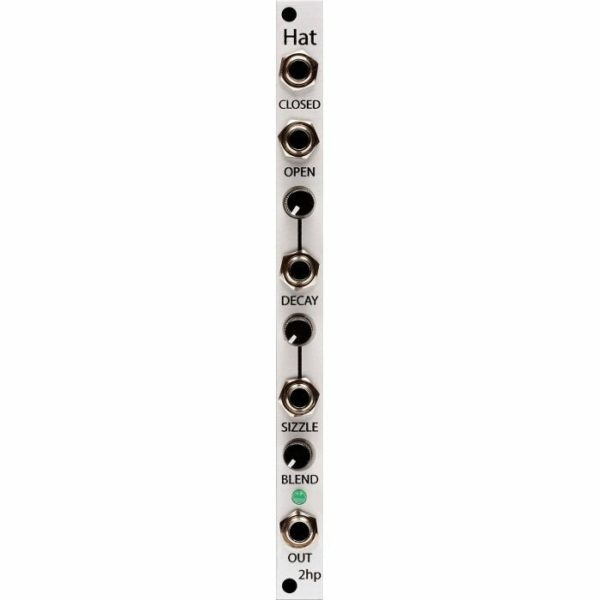Newer equals better! The original Batumi LFO goes into its second round and improves the XAOC classic immensely.
The Batumi is a classic that already found a home in many Eurorack systems. Batumi II picks up its concept, learns all the functionality of the Expander Poti and even a few little tricks more!
For those of you who don’t know Batumi (II) yet: This module packs 4 voltage-controlled LFOs into a small form factor. There are 3 outputs for waveforms, one of which is configurable in shape, as well as various modes in which the channels act independently or in conjunction.
Batumi II retains the look and also the size of its predecessor, with the addition of the functions of the Expander Poti. Meaning, Batumi now lets you choose the selectable waveform, as well as the reset/sync mode. The selectable waveforms still include the old ones, but of course also new ones like the random wave.
The reset/sync input on Batumi lets you either hard-sync your LFOs back to zero or sync them to an external clock. Batumi can divide the speed of the clock, but you can now even multiply it!
The four channels can run individually, but also in dependence of the first channel. The different modes: phase shift, division and multiplication allow time-bound movements.
Batumi II gets a whole new hardware, which also allows v/oct.-tracking and a wide frequency range. This way you can use Batumi also as a quad oscillator!
Since the old expander became obsolete with Batumi II, the new Poti II can now do completely new and very exciting things. It allows input and output attenuation per channel for the sine and assign outputs and saves the settings while your system is off. It also allows for channel-by-channel shape modulation with a freely selectable destination: wave folding, shape change and PWM.
Features:
- 4-fold LFO
- 3 waveform outputs per channel with sine, square and a freely selectable shape
- Hard sync and clock synchronization
- Phase shifting
- Clock division & multiplication
- Can now do everything the old Poti Expander could do
- Very wide frequency range far into the audio range
- 1V/Oct. tracking = can therefore be used as 4 VCOs
- in Phase/Divide/Mult modes the random waves at the ASGN output follow the values available in the master/A channel
| HE: | 3 |
| TE: | 10 |
| Power consumption +12V: | 90 |
| Power consumption -12V: | 50 |













